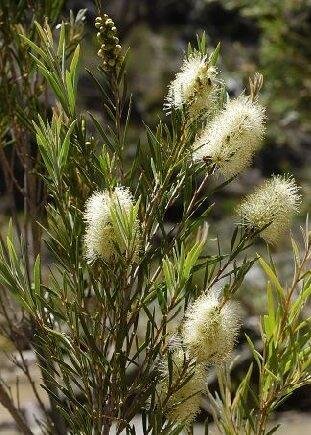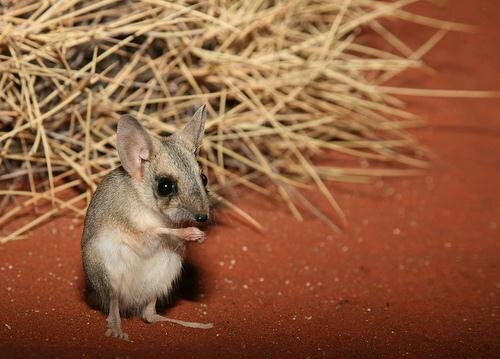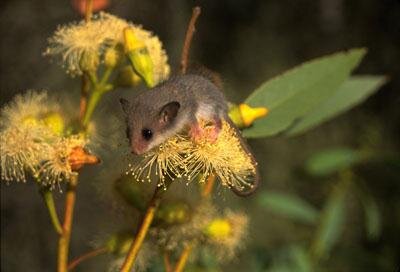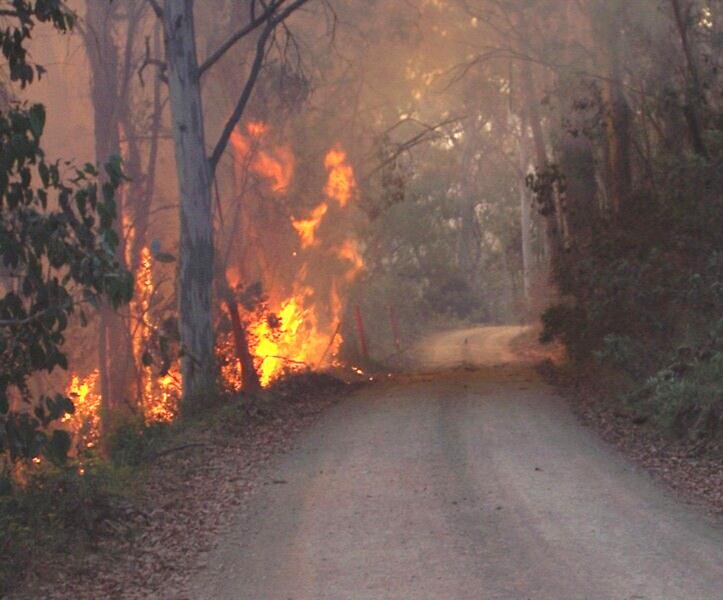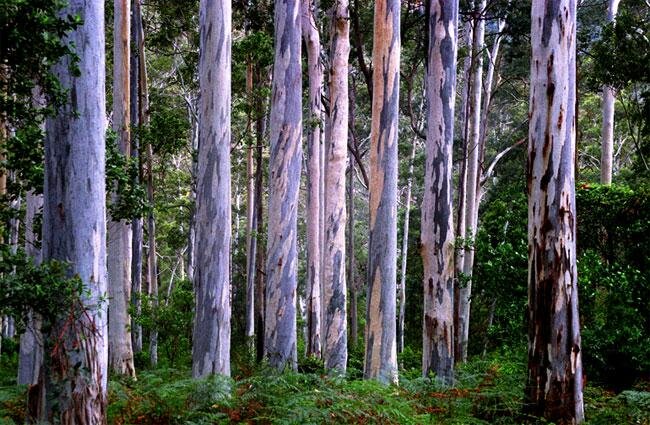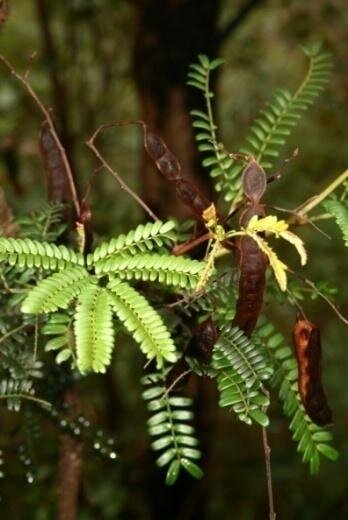MANAGING FOR ECOSYSTEM CHANGE IN THE GBMWHA
An Australian Research Council (ARC) Linkage project
project PARTNERS
Blue Mountains World Heritage Institute, Blue Mountains City Council, NSW Department of Environment and Climate Change, NSW Department of Primary Industries, Hawkesbury-Nepean Catchment Management Authority.
PROJECT TEAM
Research Investigators: Prof. Richard Kingsford, Dr Daniel Ramp, Dr Shawn Laffan, Dr David Warton, A/Prof. John Merson, Dr Rosalie Chapple, Prof. Ross Bradstock, Prof. Robert Mulley, Dr Tony Auld, Dr Peter Fleming
Research Staff: Dr Daniel Ramp (Project Manager, Research Fellow) Tom Colley (Research Assistant), Evan Webster (Research Assistant), Erin Roger (Research Assistant) Kun Zhang (Post-doctoral Fellow), Fiona Thomson (PhD), Gilad Bino (PhD), Jack Pascoe (PhD), Ian Renner (PhD), Alex Gold (PhD), James Martin (Masters student); Alex Gold (MPhil), Melissa Head (Hons), Leah Shepherd (Hons).
PROJECT OVERVIEW
Australia is a bio-diverse country, with many threatened species. Our reserve system is one important way of protecting biodiversity, and the Greater Blue Mountains World Heritage Area is an outstanding system of reserves.
The Greater Blue Mountains World Heritage Area (GBMWHA) is the largest continuously forested area in NSW and also contains its largest declared wilderness area. Reserve protection unfortunately is no guarantee of in situ conservation of biodiversity. Some threats extend into and beyond reserve boundaries. In a climate change world we need to adapt to the changes that will occur, and most effectively manage to protect the biodiversity of the WHA.
The research undertaken through the ARC Linkage project “Managing for Ecosystem Change in the GBMWHA‟ aimed to build the knowledge base to inform management of drivers of ecosystem change (frequent fires, climate change, and invasive species) in the GBMWHA. Spatial impacts of these drivers of change were identified, along with their likely impact on biodiversity conservation. The research aimed to inform management at different spatial scales, and to assist conservation policy and management options through analysis of trends and development of spatially-explicit models within an adaptive environmental management framework.
This project aimed to build the knowledge base to inform management of drivers of ecosystem change (namely climate change, fire, and pests) in the GBMWHA.
It comprised the following objectives:
Past and current ecosystem condition
a. Construct a GIS database
b. Collate all available biodiversity information for the World Heritage Area
c. Develop Myrtaceae and Fabaceae habitat suitability models, including hotspots and climate impacts
d. Develop fauna habitat suitability models, including assemblages and climate impacts e. Improve quantitative methods
Reserve effectiveness
a. Quantify the distribution of surrogate species
b. Assess representation and efficiency of surrogates
c. Incorporate economics into surrogate modelling
d. Explore the effectiveness of the current reserve boundary, by comparing a historical perspective on the establishment of the reserve with the current status of biodiversity within the GBMWHA
e. Calculate complementarity to identify conservation planning units and effectiveness
Responses to drivers of change – impact and spatial extent
a. Map the spatial extent of drivers of change
b. Assess dispersal ability of plant species in response to climate change
c. Measure resource overlap and interactions between native and introduced apex predators in the GBMWHA across three niche dimensions – spatial (distribution), temporal (activity) and trophic (diet)
d. Model habitat suitability for lantana
e. Assess resilience of upland swamps to climate change
f. Assess surrogate species responses to climate change and fire regimes
Modelling ecosystem condition and drivers of change
a. Model threat distributions and their impacts on chosen surrogates
Adaptive management
a. Inform a monitoring strategy for the GBMWHA within an adaptive management framework.
PUBLICATIONS AND REPORTS
2010. Managing for ecosystem change in the GBMWHA. Final project report.
2011. Integrating science into management of ecosystems in the Greater Blue Mountains World Heritage Area. Reference: Chapple, R.S., Ramp, D.R., Kingsford, R.T., Merson, J.A., Bradstock, R.A., Mulley, R.C. and Auld, T. 2011. ‘Integrating science into management of ecosystems in the Greater Blue Mountains World Heritage Area’, Australia. Env. Mgmt. 48 (4): 659-674.
2011. Potential lantana invasion of the Greater Blue Mountains World Heritage Area under climate change. Reference: Gold, A., Ramp, D., Laffan, S.W., 2011. ‘Potential lantana invasion of the Greater Blue Mountains World Heritage Area under climate change’. Pacific Conserv. Biol. 17, 54–67.
2012. Diet analysis of mammals, raptors and reptiles in a complex predator assemblage in the Blue Mountains. Reference: Pascoe, J.H., Mulley, R.C., Spencer, R. and Chapple, R.S. Diet analysis of mammals, raptors and reptiles in a complex predator assemblage in the Blue Mountains, eastern Australia. Australian Journal of Zoology 59(5): 295-301.
2012. A novel approach to quantify and locate potential microrefugia using topoclimate, climate stability, and isolation from the matrix. Reference: Ashcroft, M.B., Gollan, J.R., Warton, D.I., Ramp, D., 2012. ‘A novel approach to quantify and locate potential microrefugia using topoclimate, climate stability, and isolation from the matrix’. Glob. Chang. Biol. 18, 1866–1879.
2012. Fiona Thomson PhD thesis. Global to local perspectives on seed dispersal.
2013. Improving bioregional frameworks for conservation by including mammal distributions.
Reference: Bino, G., Ramp, D., Kingsford, R.T., 2013. ‘Improving bioregional frameworks for conservation by including mammal distributions’. Austral Ecol. 38, 393–404.
2013. Model-based control of observer bias for the analysis of presence-only data in ecology.
Reference: Warton, D.I., Renner, I.W., Ramp, D., 2013. ‘Model-based control of observer bias for the analysis of presence-only data in ecology’. PLoS One 8, e79168.
2013. Niche evolution in Australian terrestrial mammals? Clarifying scale-dependencies in phylogenetic and functional drivers of co-occurrence. Reference: Bino, G., Ramp, D., Kingsford, R.T., 2013. ‘Niche evolution in Australian terrestrial mammals? Clarifying scale-dependencies in phylogenetic and functional drivers of co-occurrence’. Evol. Ecol. 27, 1159–1173.
2013. Using endemism to assess representation of protected areas – the family Myrtaceae in the Greater Blue Mountains World Heritage Area. Reference: Laffan, S.W., Ramp, D., Roger, E., 2013. ‘Using endemism to assess representation of protected areas – the family Myrtaceae in the Greater Blue Mountains World Heritage Area’. J. Biogeogr. 40, 570–578.
2014. Assessing the distribution and protection status of 2 types of cool environment to facilitate their conservation under climate change. Reference: Gollan, J.R., Ramp, D., Ashcroft, M.B., 2014. ‘Assessing the distribution and protection status of 2 types of cool environment to facilitate their conservation under climate change’. Conserv. Biol. 28 (2): 456–466

